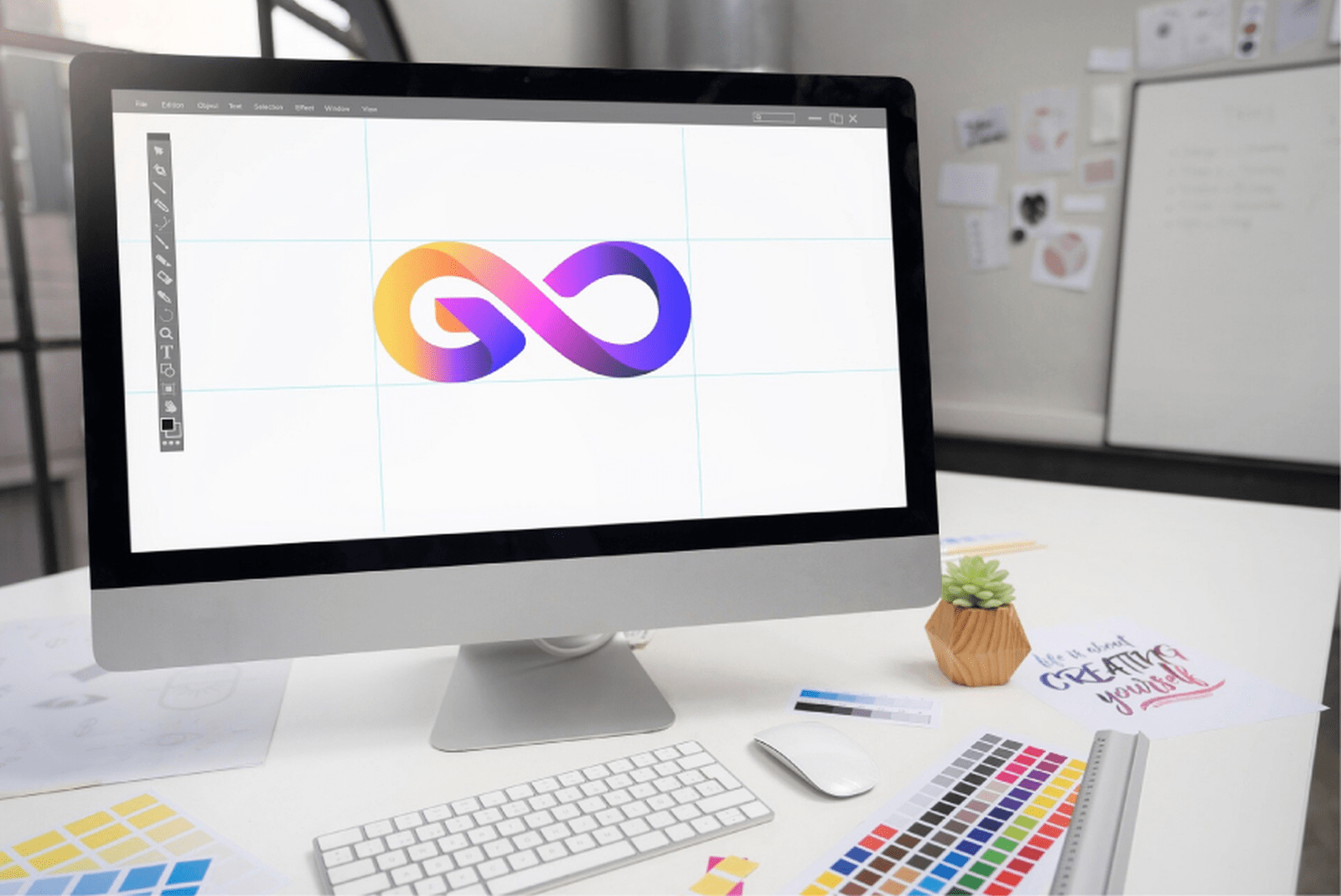Basics of Computer Graphics: A Beginner’s Guide
March 17, 2022
Computer graphics is an exciting and multifaceted field that involves creating and editing images and animations using computer technologies. If your child is interested in this art form or plans to study it through an online art school, it's important to understand how to start learning computer graphics and the steps to take for a successful beginning.
1. Why Learn Computer Graphics?
1.1. Developing Creativity
Computer graphics open up incredible opportunities for creative expression. Creating digital images, animations, and designs allows for the development of artistic skills and the realization of personal ideas.
1.2. Preparing for a Professional Career
Knowledge in computer graphics is in demand across various professional fields, including web design, animation, video games, and advertising. Mastering basic graphic principles can provide a solid foundation for a future career.
2. How to Get Started?
2.1. Online Lessons and Online Art Schools
One of the most convenient ways to begin learning computer graphics is by participating in online courses. Online lessons provide access to quality education without the need to attend traditional educational institutions. Online art schools offer a variety of courses that can help you master the basics of graphics, from creating simple images to more complex animation projects.
2.2. Choosing Software
For beginners, it’s important to select the right software. Popular programs for creating graphics include Adobe Photoshop, Illustrator, and free alternatives like GIMP. These tools allow you to create and edit images, work with vector graphics, and perform many other graphic tasks.
2.3. Learning the Basics
Before diving into complex projects, it’s crucial to learn the basics. This includes understanding concepts such as pixels, vector and raster images, color models, and resolution. Beginners should start with basic image manipulation techniques such as cropping, resizing, and working with layers.
3. Practice and Skill Development
3.1. Working on Projects
Practice is a key element in learning computer graphics. Start with simple projects, such as creating logos, editing photos, or designing basic illustrations. Gradually increasing the complexity of tasks will help develop skills and confidence.
3.2. Utilizing Educational Resources
There are many educational resources available online, including video tutorials, forums, and online communities. Take advantage of these resources for additional knowledge, advice from experienced designers, and participation in discussions.
3.3. Continuous Improvement
Computer graphics is a dynamic field with new technologies and trends constantly emerging. It’s important to stay updated on new developments, learn new tools and techniques, and participate in competitions and projects to maintain and improve your skills.
4. Tips for Parents
4.1. Supporting Your Child’s Interests
If your child is interested in computer graphics, support their enthusiasm. Help them choose suitable online courses and provide access to the necessary software.
4.2. Creating a Comfortable Workspace
Provide a comfortable workspace for graphic design activities. A well-lit area with a comfortable chair and a powerful computer will create optimal conditions for study and creativity.
4.3. Encouragement and Motivation
Encourage your child’s achievements and motivate them to continue learning. Participation in competitions, exhibitions, and projects can help build confidence and a desire for improvement.
Conclusion
Learning the basics of computer graphics can be an engaging and rewarding experience for your child. With the help of online lessons and online art schools, the right software, and regular practice, they can develop the necessary skills and confidence to create their own graphic projects. Parental support and motivation play a crucial role in successfully mastering this field and advancing a career in computer graphics.





